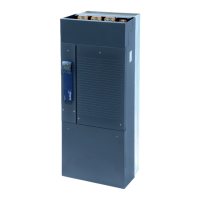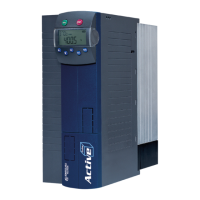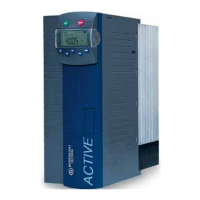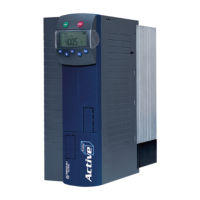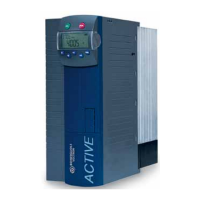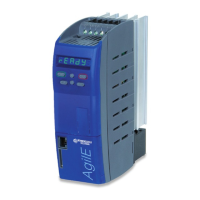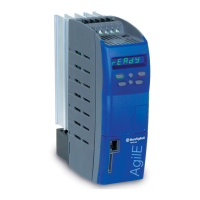Operating Instructions ACU
19 Special functions
The configurable functions of the corresponding control methods enable another field of application of
the frequency inverters. The integration in the application is made easier by special functions.
19.1 Pulse width modulation
The motor noise can be reduced by switching parameter Switching Frequency 400. The switching
frequency should be reduced to a maximum ratio of 1:10 to the frequency of the output signal for a
sine-shaped output signal. The maximum possible switching frequency depends on the drive output
and the ambient conditions. For the required technical data refer to the corresponding table and the
device type diagrams.
The factory setting of parameter Switching Frequency 400 depends on the selected parameter
Configuration 30:
1)
Configurations 1xx
2)
Configurations 2xx / 4xx
The heat losses increase proportionally to the load point of the frequency inverter and the switching
frequency. The automatic reduction adjusts the switching frequency to the current operating state of
the frequency inverter in order to provide the output performance required for the drive task at the
greatest possible dynamics and a low noise level.
The switching frequency is adjusted between the limits set with parameters Switching Frequency
400 and Min. Switching Frequency 401. If Min. Switching Frequency 401 is higher or equal to the
Switching Frequency 400, automatic reduction will be disabled.
The change of the switching frequency depends on the heat sink temperature switch-off limit and
the output current. The temperature limit to be exceeded so that the switching frequency is reduced
can be set via parameter Reduction Limit Ti/Tc 580. If the heat sink temperature falls below the
threshold set via parameter Reduction Limit Ti/Tc 580 by 5 °C, the switching frequency is increased
again step by step.
The limit for the switching frequency reduction is influenced by the intelligent current
limits depending on the selected Operation Mode 573 and the output current. If they
have been switched off or provide the full overload current, the switching frequency is
reduced when the output current exceeds the limit of 87.5% of the long-term overload
current (60s). The switching frequency is increased if the output current drops below
the reference current of the next highest switching frequency.

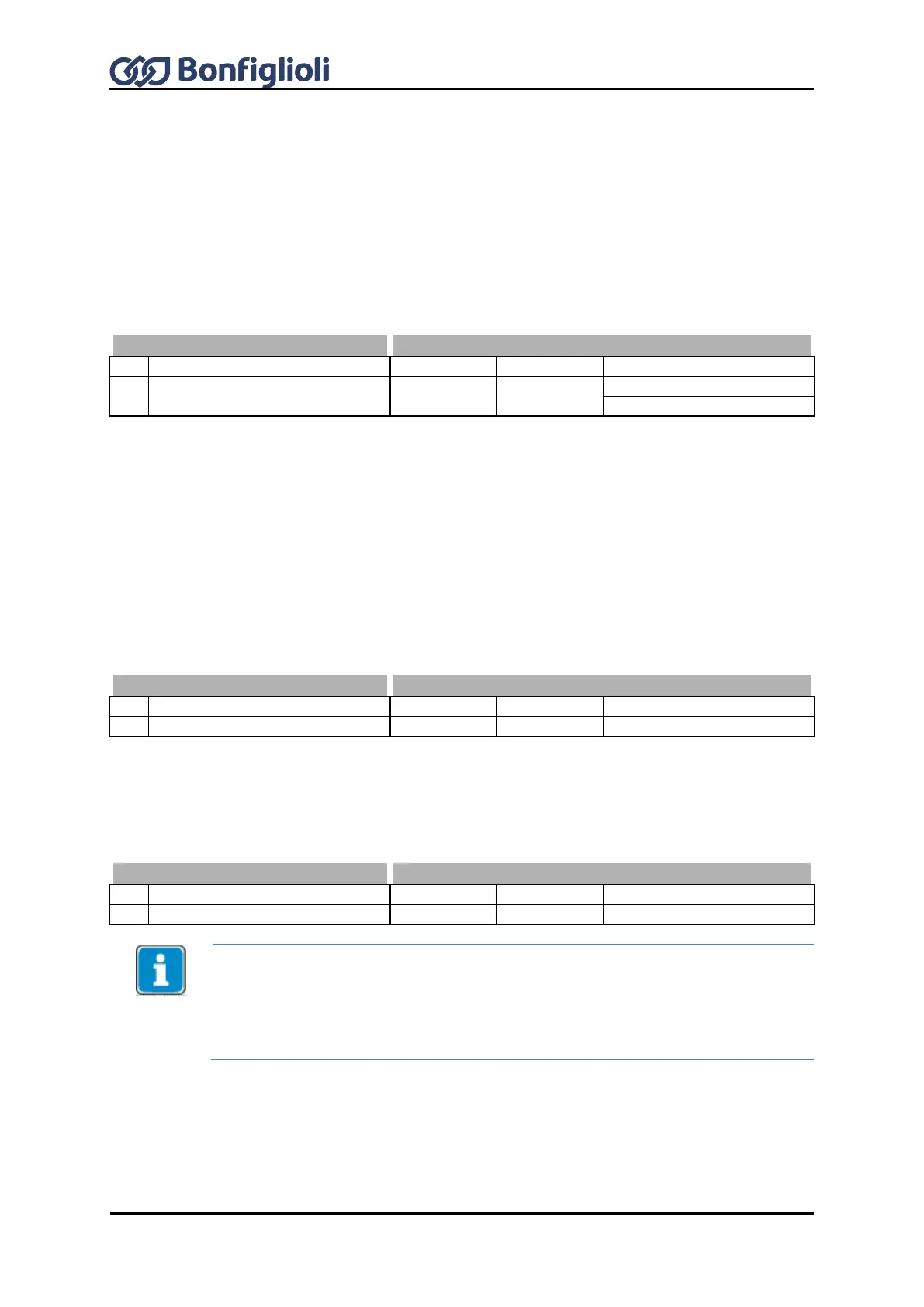